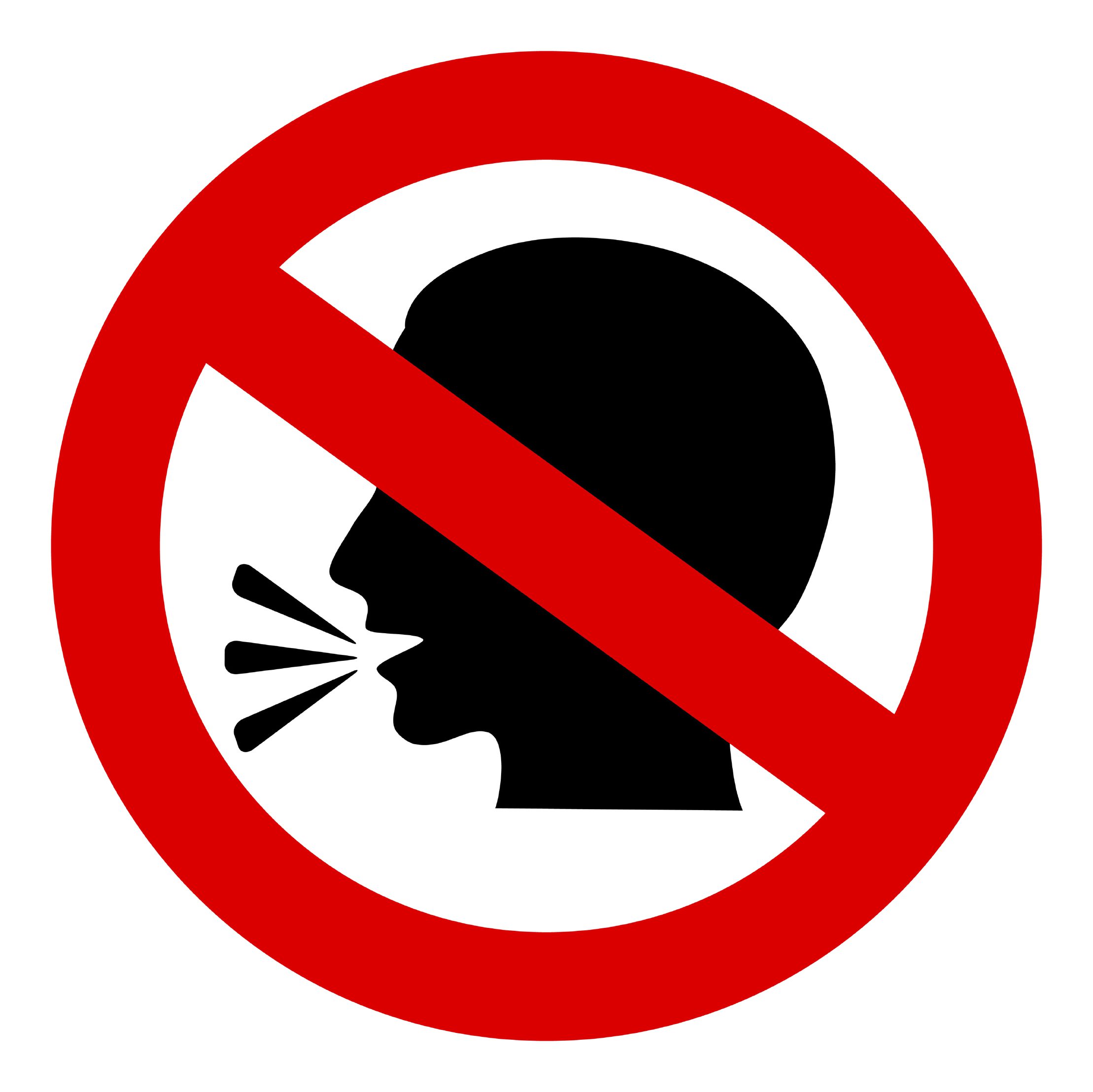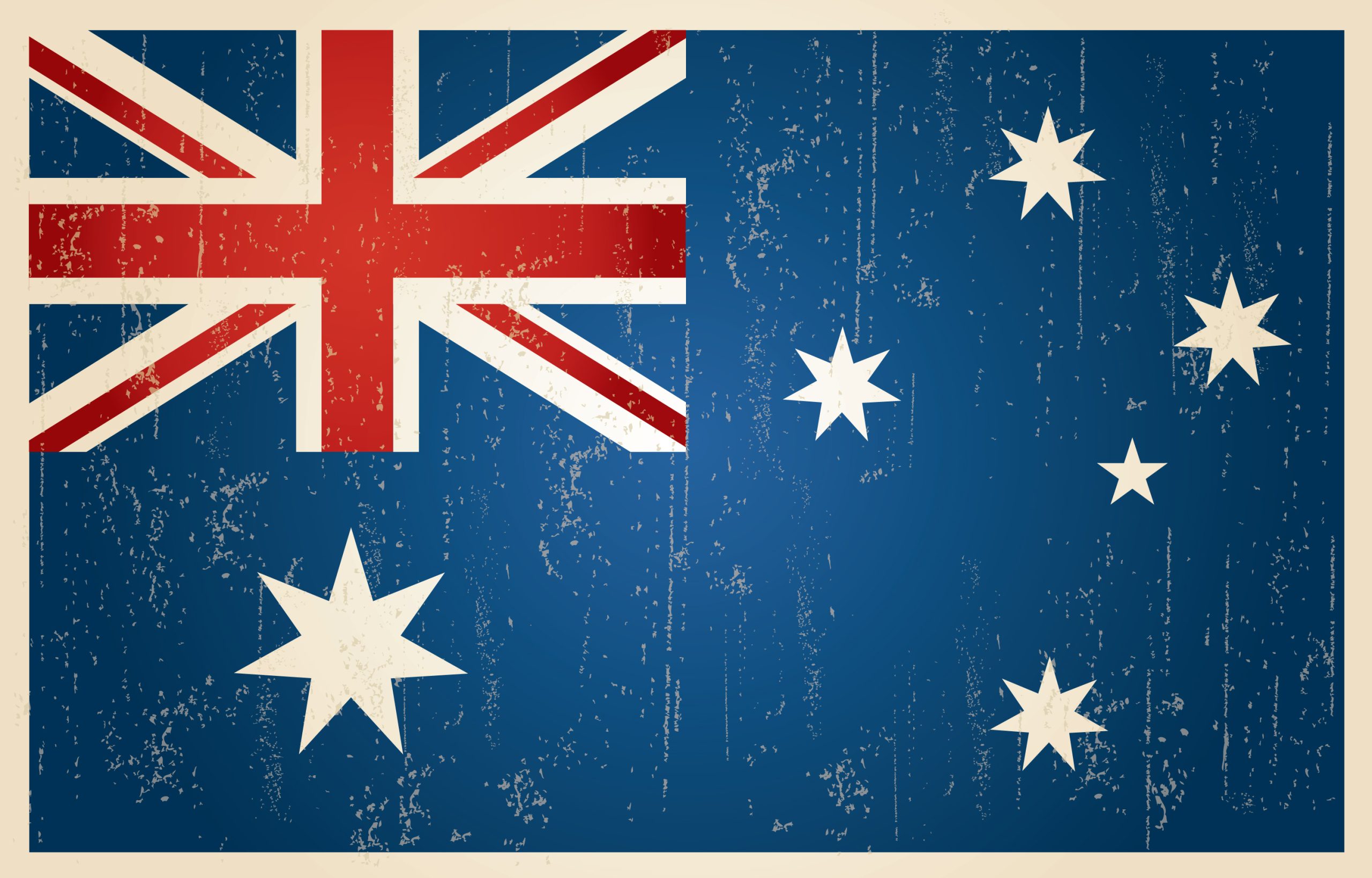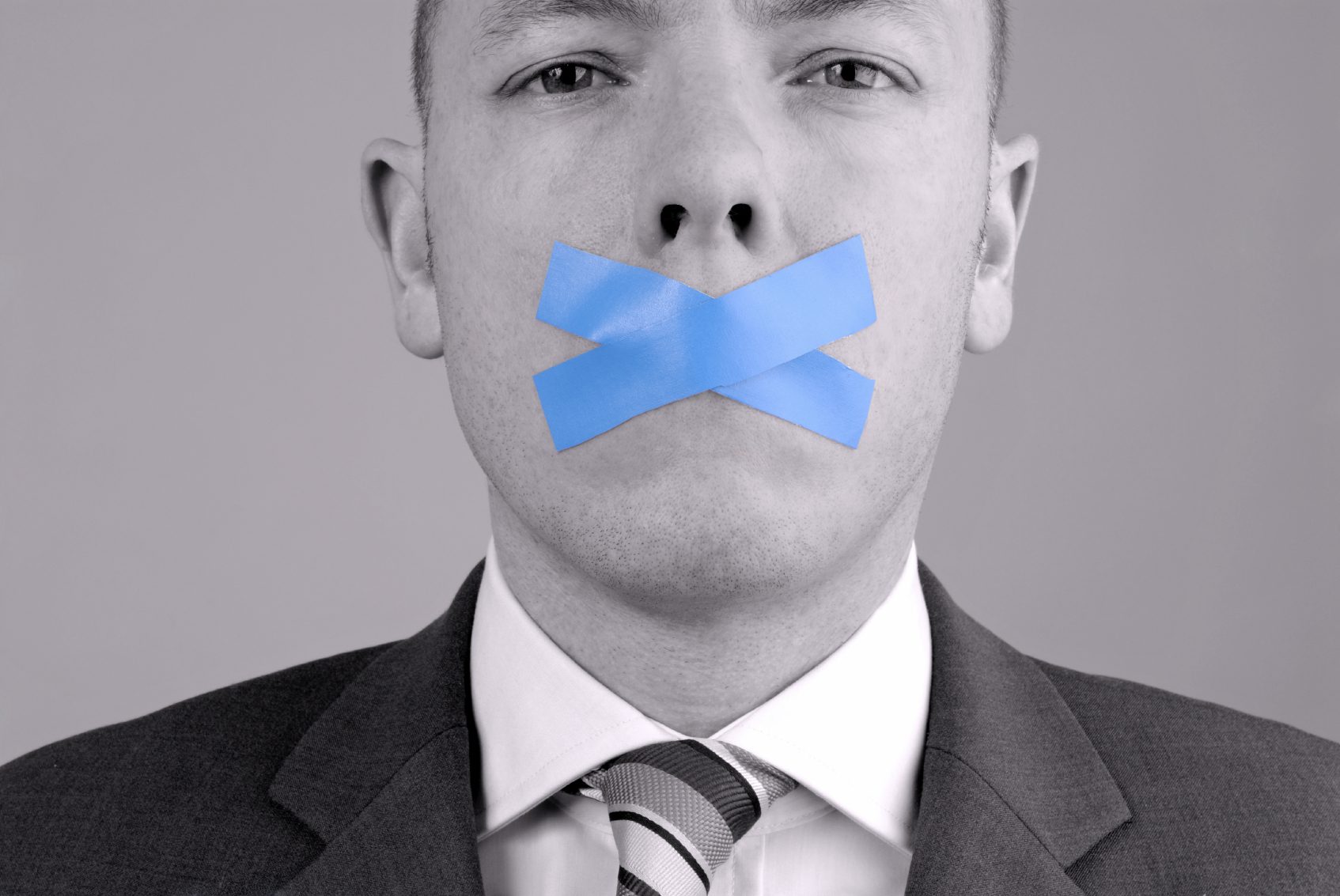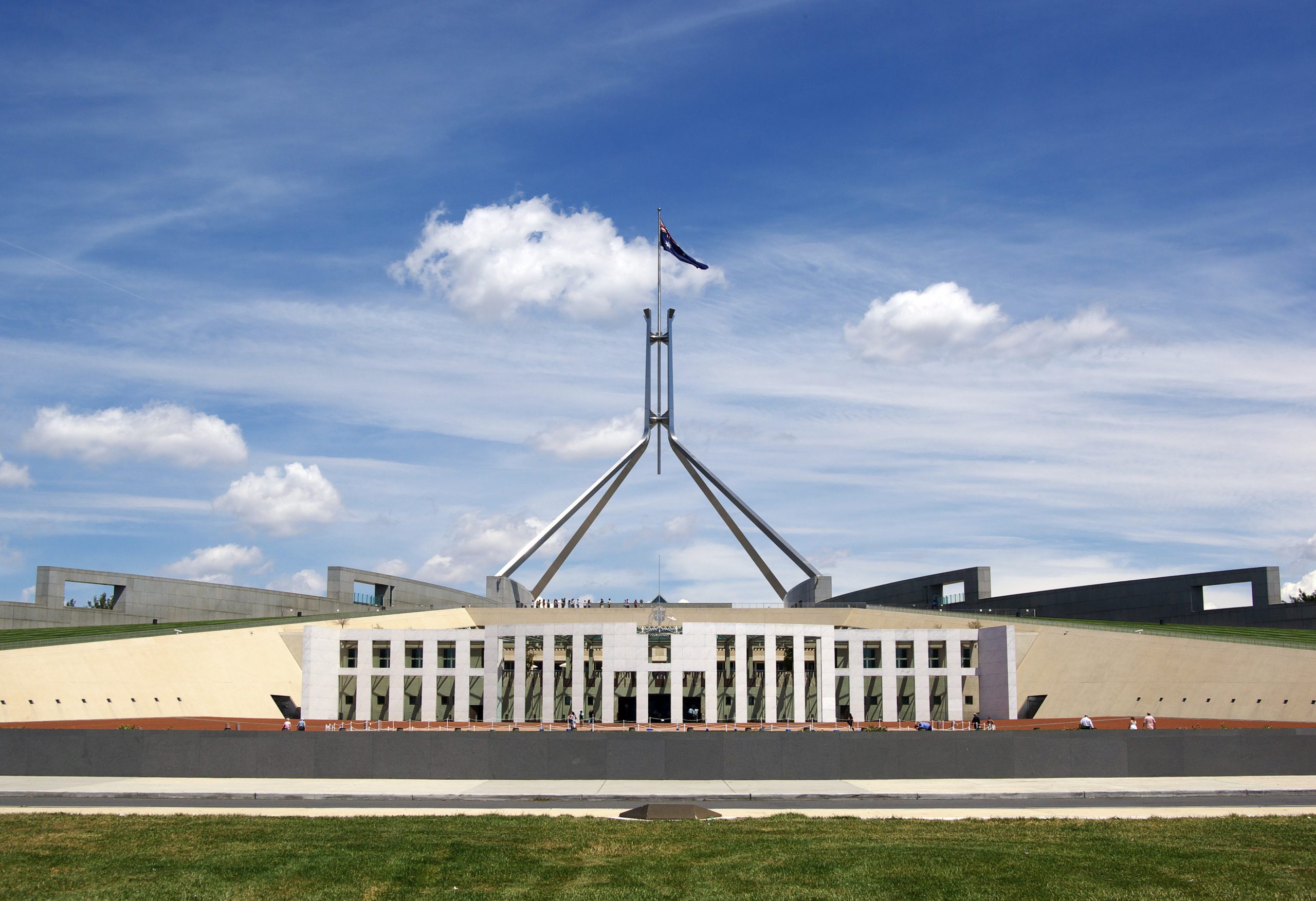Media relations and the sound of silence – is it golden?
Like it or loathe it, Australian Prime Minister Tony Abbott has moved into government with a firm “less is more’’ policy when it comes to media relations.
He has minimised comment on issues pressing the nation and has continued to enforce the strong discipline on coalition MPs media interactions that proved so successful in the campaign.
Given the increasingly presidential nature of our political contests, in opposition and during the election campaign it was nearly impossible not to hear from Tony Abbott on almost any issue.
But once in the top job, the sound was switched off.
The most obvious example has been a move to weekly briefings on asylum seeking boat arrivals, a tactic that has significantly reduced media coverage of the issue.
The PM himself has been accused of becoming the invisible man and his media team has closely controlled the messages emanating from the senior leadership team and other government MPs.
The PM argues it is a policy of communicating matters of substance, not thought bubbles.
Conveniently it is also a tactic that seeks to present a united voice for his government.
One view is that the minimum media comment strategy will help project a brand of government that is results-driven and not headline-focused.
This stands in stark contrast to the way Labor governed in office: it was loudly criticised for saying too much and doing too little.
The accusation was a self-obsessed government of too much talk and too little successful action.
Kevin Rudd as PM even presented an image of himself as the little Aussie bleeder, tweeting a “selfie’’ of himself sporting a shaving cut.
For now, with a government in its infancy and an exhausted electorate sick of hearing about politics, the Prime Minister’s strategy may well work. He has bought himself time – without the unnecessary distractions of endless on-the-run press conferences – to get on with the job of running the country.
Of course some issues will quickly develop outside of any government’s control, as well demonstrated by the Indonesian spying kerfuffle and even in that case the government minimised comment.
But the fact remains that there is a natural time limit on a tight-lipped policy for any government – until they have to start campaigning for reelection.
Depending on how effective the opposition is, that is when, as they say in the media game, the switch gets thrown to vaudeville.
It is likely that the Prime Minister and his media advisers remember the famous front-page headline in the Herald Sun credited with helping bring down Jeff Kennett’s Victorian Government
“Kennett’s campaign order: SILENCE’’, it read.
The paper had revealed that Kennett had gagged his Ministers and MPs from discussing policy with the press and shortly after those headlines ran, Steve Bracks unexpectedly swept to power in Victoria.
One man in Australia is probably watching the Abbott strategy with more interest than most and that would be the newly minted and media savvy Opposition Leader, Bill Shorten.
Shorten’s profile and popularity were possibly never higher than when, as the National Secretary of the AWU, he took the reins to provide the media with daily briefings on the Beaconsfield mine disaster.
As Opposition Leader, as far as the media is concerned, we have yet to see him kick into high gear.
In the meantime a few grumpy journalists being weaned off the minute-by-minute briefings, almost three years from the next election, is unlikely to be enough motivation for the government to change its current media management strategy.












Leave a Reply
Want to join the discussion?Feel free to contribute!